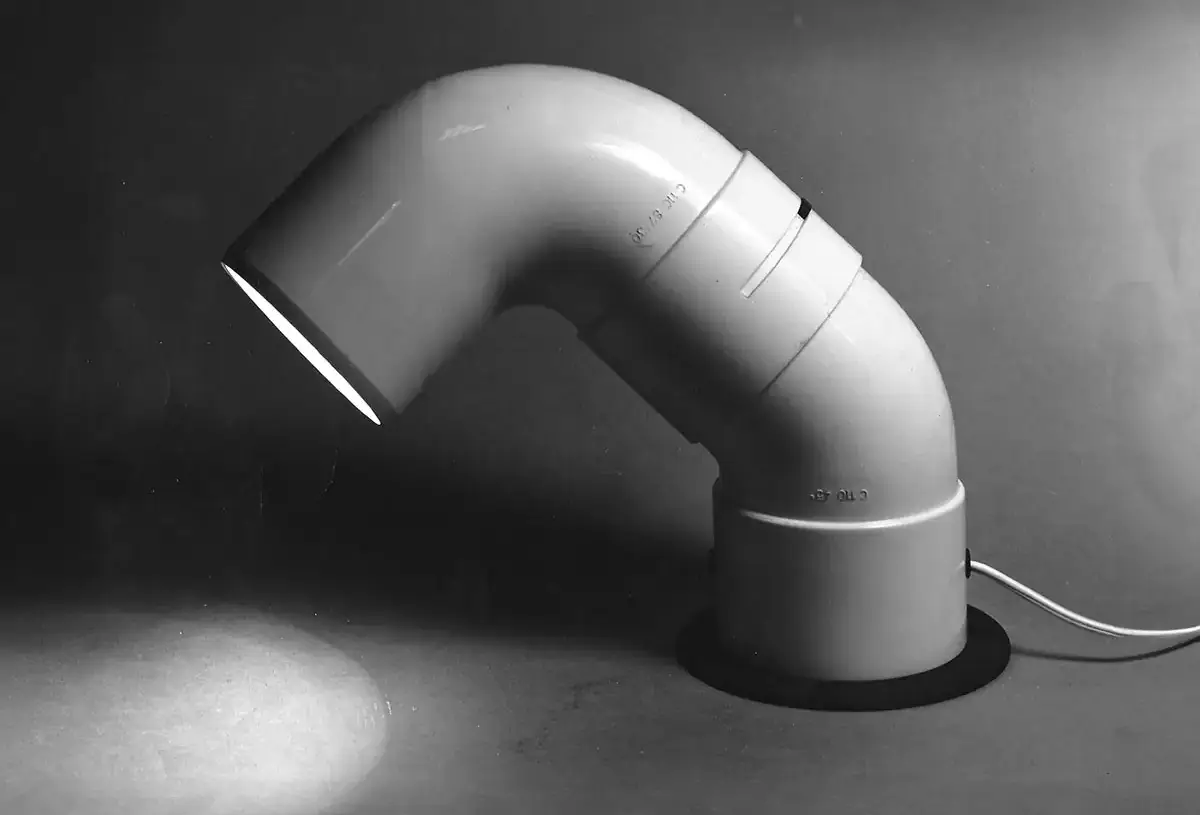Trade Show
Salone del Mobile: Standout Products and Projects

The 62nd edition of Milan’s Salone del Mobile wrapped in late April. With numbers trending upward by 17 percent, more than 361,000 visitors descended on the fairgrounds in Rho Fiera. Milan Design Week has evolved into a new class of sport, the city’s cobblestoned streets jammed with scooters, gawkers, and the crush of traffic. Architectural gems including historic palazzos like Senato, Orsini, and Visconti had to contain crowds winding around the block, in anticipation of snapping Instagram-worthy displays. In Varedo, just north of Milan, cutting-edge creativity by 80 international makers was on view, indoors and on the grounds of Villa Bagatti Valsecchi and the nearby Modernist Villa Borsani. These were the site of the seventh edition of the independent platform Alcova.
International architects chimed in, launching furniture, and joining presentations highlighting Amazon’s collaboration with MAD Architects, Herzog & de Meuron’s curated furniture collection All Black, and 2022 Pritzker Architecture Prize–winner Francis Kéré’s new kitchen with German brand Next125. In addition, Kéré gave a lecture to an enthusiastic crowd at the fairgrounds during the week.

Pritzker Prize–winner Francis Kéré lectured to an enthusiastic crowd during Milan Design Week. Photo © Architectural Record
The market for vintage collectibles continues to expand, so top-tier Italian manufacturers took a deep dive into their archives, presenting reproductions from legacy names including Cini Boeri, Carlo Scarpa, and Gio Ponti. Alessandro Mendini’s current retrospective and the pop-up exhibition Gaetano Pesce Nice to See You were unveiled during Milan Design Week. These marked Mendini’s career and Pesce’s recent death, recognizing their vast contributions and preserving their design legacies.
Despite lines, frenetic energy, and hundreds of venues, thoughtful projects were spotted at showrooms, cafés, and pop-ups during Fuorisalone, Salone del Mobile, and around town. Upgrades including upholstery and color are one strategy manufacturers continue to use to keep pace with a limitless production cycle that focuses on trends. In proof of endless citations of "sustainably made"—a term used to promote this year’s fair—new materials like recycled plastic and waste were employed, including Formafantasma’s Earthic by Silestone XM, a new surface by Spanish brand Cosentino. What follow are a few standouts.
Knotty and Liquid Rocks by The New Raw

Nestled inside Villa Bagatti Valsecchi at Alcova, the Rotterdam-based research and design office, The New Raw, founded in 2015 by architects Panos Sakkas and Foteini Setaki, displayed its new Knotty digital fabrics and Liquid Rocks tables, showcasing the studio's latest exploration of textures. Its unique fabrication process, combining plastic waste, digital craft, and a robotic manufacturing technique, focuses on the potential of transforming discarded plastic into sustainably sourced furniture. The Knotty digital upholstery was applied to The New Raw’s Wave Bench.
Continuum by Gio Ponti

Molteni&C’s Continuum armchair—designed in 1963 by Italian architect, writer, and industrial designer Gio Ponti (1891–1979) for rattan-furniture maker Bonacina 1889—continues to be woven from types of natural rattan sourced in Indonesia. The curvaceous form is still manufactured using the same weaving techniques as the original. The chair is also an emblem of the decades-long relationship between these heritage companies, underlining Molteni&C’s commitment to preserving Gio Ponti’s legacy, in partnership with the archives.
The True Story of Alessandro Mendini

The career of Alessandro Mendini (1931–2019) as an architect, artist, designer, and critic was inextricably linked to Milan’s Triennale for decades. So it’s fitting that a retrospective paying homage to this maestro features 400 works, including architectural models, self-portraits, drawings, furniture, and objects of his Postmodern oeuvre. Designed by Pierre Charpin, the exhibit is co-presented by the Cartier Foundation and Triennale Milan and open through October 13, 2024.
Cornaro Lounge Chair by Carlo Scarpa

Venetian architect Carlo Scarpa (1906–78) designed Cornaro, a seating collection originally produced by Simon Gavina, in 1973, and acquired by Cassina in 2013. The cube-shaped lacquered frame is available as an armchair and two- or three-seat sofa, and is offered in ash in a matte finish or beechwood in a glossy lacquer finish, with an soft upholstered seat enveloped by cushions.
Cini Boeri Centenary
This year marks the centenary of the birth of pioneering architect Maria Cristina Mariani Dameno (1924–2020), or Cini Boeri, as she was professionally known. As one of a small coterie of female architects working in Milan during the mid-20th century, Boeri established her firm as a thought leader regarding residential interiors and furniture design. Her minimal Strips System sofa series, manufactured by Arflex, won the Compasso d’Oro in 1979. A stunning installation at textile-manufacturer Loro Piana’s stylish headquarters in the Brera neighborhood included the sofa and also a bed, upholstered in undyed cashmere, alongside other signature pieces that included the Boborelax chaise lounge made from a single block of foam in 1967. Curator Cristina Moro also paid tribute, mounting a temporary exhibit with the Triennale in Milan putting a spotlight on Boeri’s signature work. “Bringing Cini Boeri’s design to the Parco del Sempione Library building, designed in 1954 by Ico Parisi and Silvio Longhi, was intended to be the first step in looking back at the designer on the centenary of her birth,” Moro said. Highlights included furniture, posters, books, and photographs of singular designs like the 1987 curved-glass Ghost chair, created in collaboration with Tomu Katayanagi for FIAM Italia, and her 602 Table Lamp from Arteluce, made from PVC pipe in 1968—all organized in collaboration with the newly established Cini Boeri archive. “She recognized that architecture has the tremendous responsibility of being able to contribute to improving the quality of life, bringing joy and helping clients to become aware of their needs,” added Moro.




